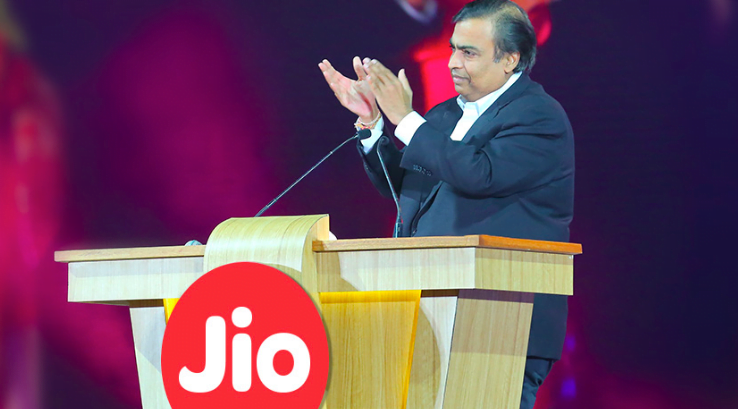The Indian telecom industry used to be in a different league a year ago, but with the entrance of the Mukesh Ambani's Reliance Jio, the industry has experienced a "renewables shock." Reliance Jio has changed the landscape of the industry dramatically by offering free LTE services and cutthroat tariff plans. End of the day, consumers are the most benefitted ones with these changes.

"The entry of a new player has extended competition from cheaper calls to cheaper data," says Eco Survey in its report. The report also outlines that Reliance Jio, which launched its services back in September 2016 has brought down the average revenue per user (ARPU) of the industry.
The ARPU of the industry came down by 22% in 2016-17, compared to the long-term (December 2009-June 2016) ARPU, and by about 32% since September 2016.
The survey also noted that the worrying factor is that the share of the sector in non-performing assets (NPAs) had increased after Jio's entry. “Though the total NPAs of the telecom sector in public sector banks has fallen to Rs 2,335 crore in 2016-17 from Rs 3,456 crore in 2015-16, the share of NPAs of infrastructure sector increased to 8.7 per cent in 2016-17, from five per cent in 2015-16,” the Survey said.
Speaking about the revenue of the industry leaders such as Bharti Airtel, Vodafone India, and Idea Cellular, they all have experienced a major dip in revenues. Bharti Airtel's revenue is down by 7.98%, while Vodafone has seen a downfall of 5.14%, and lastly, Idea Cellular experienced a revenue fall of 4.91% in the third quarter of 2016-17, compared with the previous quarter.
“In the telecommunications case, not only is the banking system exposed but also the government to whom the companies owe a variety of fees and taxes,” the Survey said.
According to the Eco Survey report, the mobile industry in India currently contributes to 6.5% ($140 billion) to the country's gross domestic product. It also employs over four million people, directly and indirectly.















